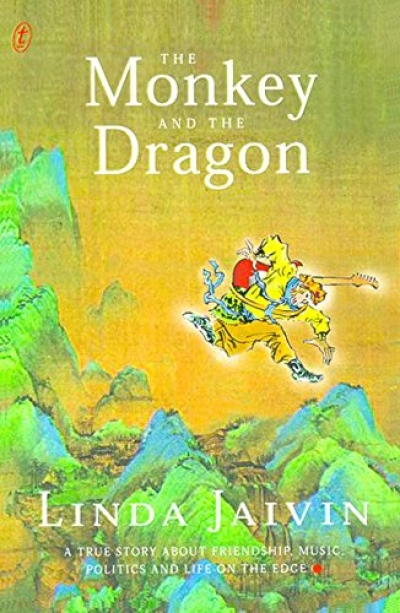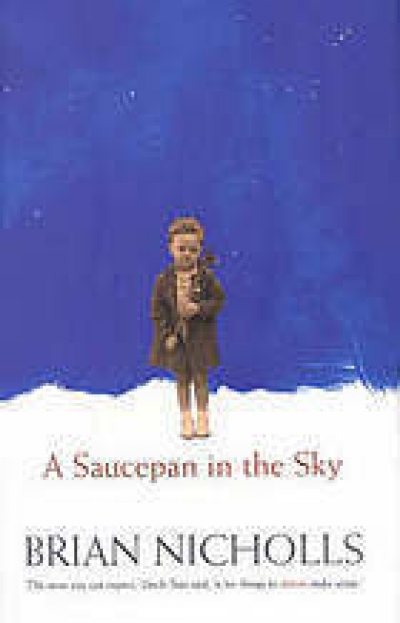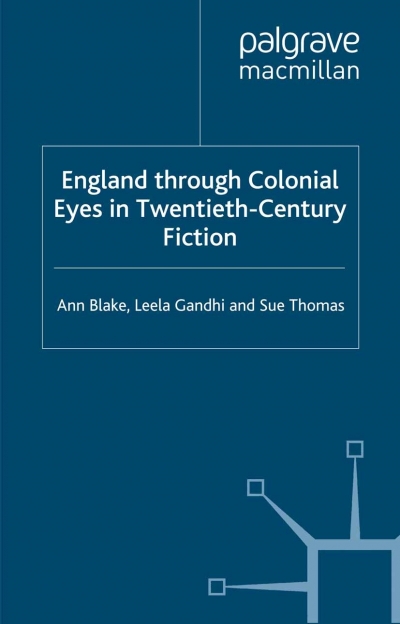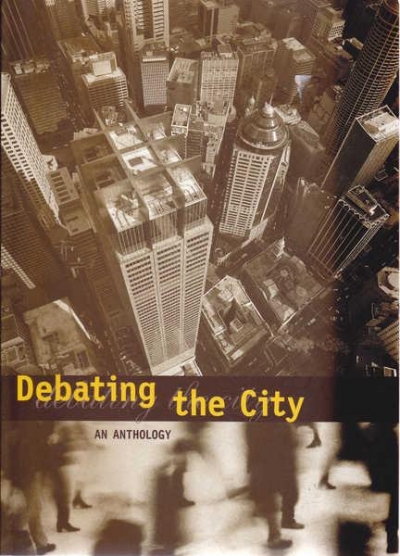Review
The Voyage of Their Life: The Story of the SS Derna and Its Passengers by Diane Armstrong
by Doris Brett •
The Monkey and the Dragon: A True Story about Friendship, Music, Politics and Life on the Edge by Linda Jaivin
by Alison Broinowski •
Hughes by Andrew Riemer & Ellis Unpulped by Michael Warby
by Peter Beilharz •
England Through Colonial Eyes in Twentieth Century Fiction by Ann Blake, Leela Gandhi and Sue Thomas
by Gillian Whitlock •
The Origins of Irish Convict Transportation to New South Wales by Bob Reece
by Alan Atkinson •
Harriet Huxtable and the Purpose of Rats by Louise Pike
by Margaret Robson Kett •
Debating the City: An Anthology edited by Jennifer Barrett and Caroline Butler-Bowden
by John McPhee •










